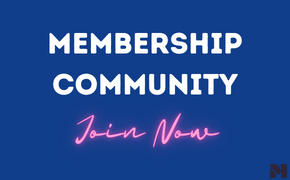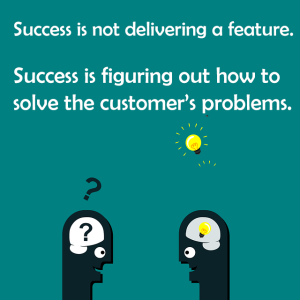Just another trend, or a real risk? And for whom?
Another ‘Great’ trend – what a relief, we haven’t had a ‘Great’ since the Great Resignation – I was beginning to worry…..
What exactly is the ‘Great Unbossing’?
Companies are reportedly removing middle management and restructuring their hierarchies in favour of decentralised, autonomous teams. Employees at these companies will now communicate directly with senior executives, bypassing traditional managerial layers.
Is it just another fad?
Well, Yes… And No ….
This concept isn’t entirely new. Since the 1980s, organisations have been slashing middle management, especially during tough economic times like those we’re experiencing now. With the cost of business soaring, labour expenses are a primary target for cuts and middle management has historically always been vulnerable – that’s not new.
But here’s the critical difference: unlike in past decades, we now have advanced AI. This AI isn’t just for creating content or handling customer service queries; it’s capable of performing many administrative and managerial tasks that middle managers typically handle, such as workflow management, information management and reporting.
Right now, 50% of redundancies globally are from middle management ranks. Disproportionate? At first glance, yes. But if you take into consideration that Gartner says 50% of a manager’s time is doing admin-like tasks, then in the face of effective AI, it’s not that much of a reach. (It is still a reach – the AI isn’t universally useful – yet.
So who’s at risk?
Don’t assume it’s just middle managers – corporations run significant risks too.
If you’re a middle manager whose role revolves around these routine tasks, the ‘Great Unbossing’ isn’t just another fleeting trend. It’s a clear indication that the workplace landscape is undergoing a significant shift, potentially jeopardising your position.
Risk for Corporate and HR Leaders
To be 100% certain you’re making the right choices, consider these 4 factors.
- Scrutinise your middle management mindset – what attitudes, reservations, norms and expectations do you have of this cohort? Is your perspective consistent and contemporary, or a mess of impossible to meet, unclear and conflicting expectations? Do you think reducing headcount will solve that or make it worse?
- Don’t drink the KoolAid: Companies like Google and Zappos have experimented with eliminating middle managers. Google’s Project Oxygen initially removed them but quickly reinstated them. Zappos’ Holacracy, which promoted “no job titles and decentralized self-management,” was quietly scaled back due to its ineffectiveness. It’s a dangerous pipe dream to think you don’t need them.
- Don’t rely on your Talent processes to select your keepers: Most organizations struggle to distinguish tomorrow’s BSuite leader from yesterday’s middle manager. Redundancies at this level often hinge on subjective “talent” or “potential” discussions, which are little more than euphemisms for favoritism. Favourites tend to be good at managing up, often at the detriment of culture and collaboration – and with fewer managers in the middle in future, this will turn toxic and litigious real quick (a trend already occurring).
- Don’t just cut and run: restructures that reduce management numbers without deeply redefining their roles are being lazy. You’ll end up hiring them all back at a greater cost, having lost performance in between. Redefinition is your strategic play.
Bad middle managers can be dispensed with but good ones are indispensable.
Threat for Leaders
The future isn’t about unbossing; it’s about rebossing ourselves with skills and qualities that technology can’t replicate. Consider these 4 essential shifts to reboss yourself:
- Learn to think more strategically – AI can’t see the bigger picture the way humans can, if we know how.
- Commit yourself to managing up – if you’re not doing it on behalf of your team and yourself, then you’re invisible, not valuable.
- Stop dipping down – if you’re doing the work of your team you are making the case that they don’t need leaders to lead, they only need workers to work.
- Grasp AI with both hands – you might think that you’re digging your own grave, but you’re not. The more space you make to be strategic and influential and focused on development and retention, the more indispensable you’ll be. If you continue to do the work the machines can do, your attitude is what will make you redundant.
Redefine yourself and your leadership before this trend does it for you.
Speaking from personal experience—having been involved in numerous restructures as a designer of change, a leader implementing change, and as someone impacted by it—it’s crucial to heed this warning.
_____________________________________________________________________________________________________________________________________________________

Rebecca is Australia’s pre-eminent advocate for B-suite leadership – the expert in developing hi-impact B-Suite leadership at both a team and individual level.
Speak to Rebecca about:
-
-
-
-
-
-
-
-
-
-
-
- Individual and group coaching
- Team effectiveness and training
- People & Culture Advisory
-
-
-
-
-
-
-
-
-
-
You can reach her on [email protected]














